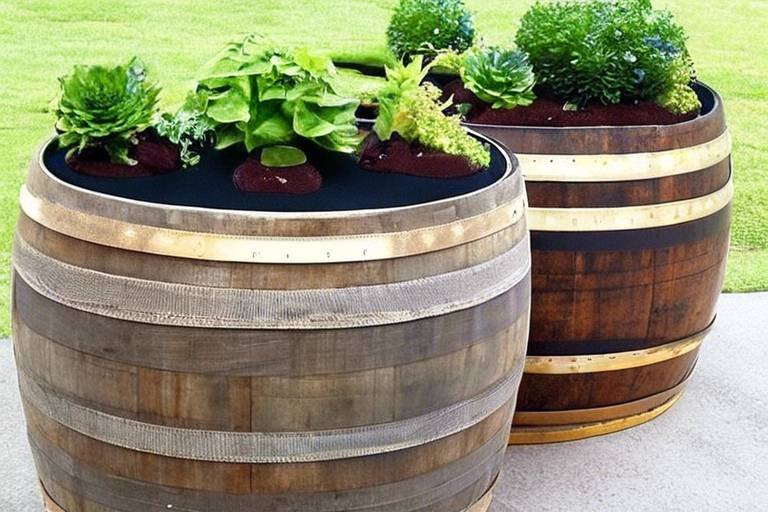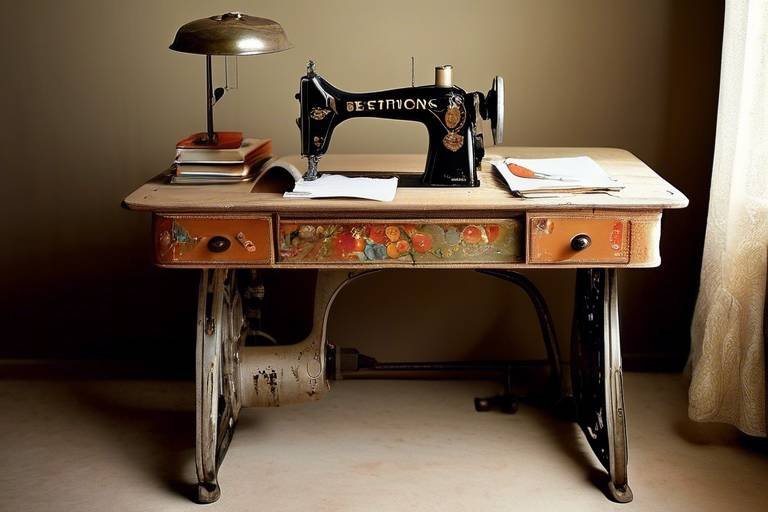Feast Your Eyes on Repurposed Dining Furniture
Welcome to the fascinating realm of repurposed dining furniture, where creativity and sustainability intertwine to create stunning pieces that tell a story. Imagine walking into a dining room filled with unique, eco-friendly furniture that not only enhances your dining experience but also reflects your personal style. In today's world, where environmental consciousness is more crucial than ever, repurposing old furniture offers a fantastic way to reduce waste while adding a touch of charm to your home.
Repurposed dining furniture can range from rustic farmhouse tables to chic modern chairs, each with its own character and history. Have you ever thought about how a simple old table could become the centerpiece of your dining area? With a little imagination and effort, you can transform mundane furniture into extraordinary pieces that spark conversations and admiration from guests. It's like giving your furniture a second chance at life, allowing it to shine in a whole new light.
Not only does repurposing furniture promote sustainability, but it also provides an opportunity to save money. Instead of splurging on brand new items, why not breathe new life into what you already have? By exploring various techniques and styles, you can create a dining space that is not only visually appealing but also budget-friendly. Plus, the satisfaction of creating something with your own hands is immeasurable. So, are you ready to dive into the world of repurposed dining furniture and unleash your creativity?
In this article, we will explore the benefits of repurposing, creative ideas for transforming old furniture, and sources of inspiration that can help you kickstart your projects. Whether you’re a seasoned DIY enthusiast or a curious beginner, there’s something here for everyone. So grab your tools, roll up your sleeves, and let’s embark on this exciting journey together!
Repurposed dining furniture offers numerous advantages, including sustainability, cost-effectiveness, and unique aesthetics. By choosing to repurpose, you contribute to a more sustainable future, reducing the demand for new materials and minimizing waste in landfills.
Furthermore, repurposed pieces often come with a story, adding character to your dining space. Each scratch and dent tells a tale of its past, making your home feel more personal and inviting. Additionally, repurposing can be a cost-effective solution. Instead of investing in expensive new furniture, you can use what you have or find affordable pieces at thrift stores and flea markets.
Ultimately, repurposed dining furniture allows you to create a space that is truly your own. With endless possibilities for customization, you can express your style and personality in ways that mass-produced furniture simply cannot match. So why not explore the potential of your dining area and let your creativity flow?
Unleash your creativity with various ideas for repurposing dining furniture. From transforming old tables into stunning centerpieces to converting chairs into stylish storage solutions, the possibilities are endless. The key is to think outside the box and envision how you can give your furniture a new lease on life.
Discover how to turn outdated dining tables into artistic masterpieces. With a little creativity and effort, you can create unique designs that serve as conversation starters in your dining area. Picture a table that doubles as a canvas, adorned with vibrant colors or intricate patterns. You can even incorporate elements like reclaimed wood or metal accents to enhance its appeal.
Explore various painting and staining techniques that can breathe new life into old tables. A fresh coat of paint can completely transform the look of a piece, while staining can highlight the natural beauty of the wood. Consider experimenting with color choices, finishes, and tools that will help you achieve a professional look.
Incorporate decorative elements like stencils, decoupage, or mosaic designs to enhance the visual appeal of your repurposed tables. These creative touches can personalize your furniture and reflect your style. Imagine a table with a mosaic top made from broken tiles or a decoupaged design featuring your favorite images. The sky's the limit!
Learn how to repurpose dining chairs to create functional and stylish pieces. From reupholstering to creating multi-use furniture, discover ways to elevate your dining experience. For instance, you could reupholster old chairs with vibrant fabric that matches your decor or even convert them into storage solutions by adding a cushion on top of a box.
Discover various sources of inspiration for repurposing dining furniture. From online platforms to local workshops, find the motivation and ideas needed to start your own projects. The beauty of repurposing lies in the community that surrounds it. By connecting with others who share your passion, you can find fresh ideas and support as you embark on your creative journey.
Explore online platforms and communities dedicated to upcycling and repurposing furniture. Websites like Pinterest and Instagram are treasure troves of inspiration, showcasing countless projects that can spark your imagination. Engage with like-minded individuals and share your projects for feedback and inspiration. You might even discover new techniques or trends that you hadn't considered before!
Participate in local workshops and classes that teach repurposing techniques. Hands-on experiences can enhance your skills and provide valuable insights into furniture transformation. Many community centers and craft stores offer classes that cater to all skill levels, making it easy for you to learn and grow as a DIY enthusiast.
Decide between tackling repurposing projects yourself or hiring professionals. Weigh the pros and cons of each option to determine the best approach for your dining furniture transformation. While DIY projects can be incredibly rewarding, sometimes enlisting the help of a professional can save you time and ensure a high-quality finish.
Analyze the costs associated with DIY projects compared to hiring professionals. Understanding the budget implications can help you make informed decisions about your repurposing journey. While DIY may seem cheaper upfront, consider the cost of materials and tools, as well as your time investment. On the other hand, professional help may come at a premium but can yield stunning results.
Evaluate your skill level and comfort with DIY projects. Knowing your capabilities will guide you in choosing the right approach for repurposing your dining furniture effectively. If you're new to DIY, start with simpler projects and gradually take on more complex tasks as you gain confidence and experience.
- What types of furniture can be repurposed? Almost any type of furniture can be repurposed, including tables, chairs, and cabinets. The key is to think creatively about how to give each piece a new function or aesthetic.
- Do I need special skills to repurpose furniture? While some projects may require specific skills, many repurposing tasks can be completed by beginners. Start with simpler projects and gradually work your way up as you gain confidence.
- Where can I find materials for repurposing? Look for materials at thrift stores, garage sales, or even your own home. You’d be surprised at what you can find that can be transformed into something beautiful!

Benefits of Repurposed Dining Furniture
Repurposed dining furniture is more than just a trend; it’s a lifestyle choice that offers a plethora of benefits for both your home and the environment. Imagine walking into your dining room and being greeted by unique pieces that tell a story, all while knowing you’re making a positive impact. One of the most significant advantages of repurposing furniture is its sustainability. By taking old furniture and giving it a new lease on life, you are reducing waste and minimizing your carbon footprint. This act of creativity not only helps the planet but also contributes to a more sustainable lifestyle.
Additionally, repurposed dining furniture can be incredibly cost-effective. Instead of splurging on brand new items, which can often cost a fortune, you can find affordable pieces at thrift stores, garage sales, or even in your own attic. With a little bit of imagination and effort, you can transform these finds into stunning focal points for your dining space. This not only saves you money but also allows you to create a space that is truly one-of-a-kind.
Another compelling reason to consider repurposed dining furniture is its unique aesthetics. In a world filled with mass-produced items, having furniture that stands out is a refreshing change. Each piece of repurposed furniture carries its own history and character, making it a conversation starter during gatherings. Whether it’s a vintage table with a rustic finish or a set of chairs that have been reupholstered in vibrant fabrics, these unique items can add personality and charm to your dining area.
Furthermore, repurposing allows you to express your creativity. The process of transforming old furniture into something new can be incredibly fulfilling. It gives you the opportunity to experiment with different styles, colors, and techniques. Plus, the satisfaction of seeing your vision come to life is unparalleled. You might find that you enjoy the process so much that it becomes a hobby, leading to even more creative projects around your home.
Lastly, repurposed dining furniture can contribute to a more personalized space. When you choose to repurpose, you are not just picking out furniture; you are curating a collection that reflects your tastes and values. This personal touch can make your dining area feel more inviting and comfortable, perfect for family dinners or entertaining guests. So, why settle for ordinary when you can create extraordinary?
In summary, the benefits of repurposed dining furniture are vast. From sustainability and cost-effectiveness to unique aesthetics and personal expression, it offers a multitude of reasons to embrace this innovative approach. So, the next time you consider updating your dining space, think outside the box and explore the exciting world of repurposing!
- What types of furniture can be repurposed? Almost any type of dining furniture can be repurposed, including tables, chairs, and even sideboards. The key is to look for pieces that have good structural integrity and can be creatively transformed.
- Do I need special skills to repurpose furniture? While some projects may require basic DIY skills, many repurposing ideas are beginner-friendly. Start with small projects to build your confidence!
- Where can I find old furniture to repurpose? Thrift stores, garage sales, flea markets, and even online marketplaces like Craigslist or Facebook Marketplace are great places to find affordable pieces.
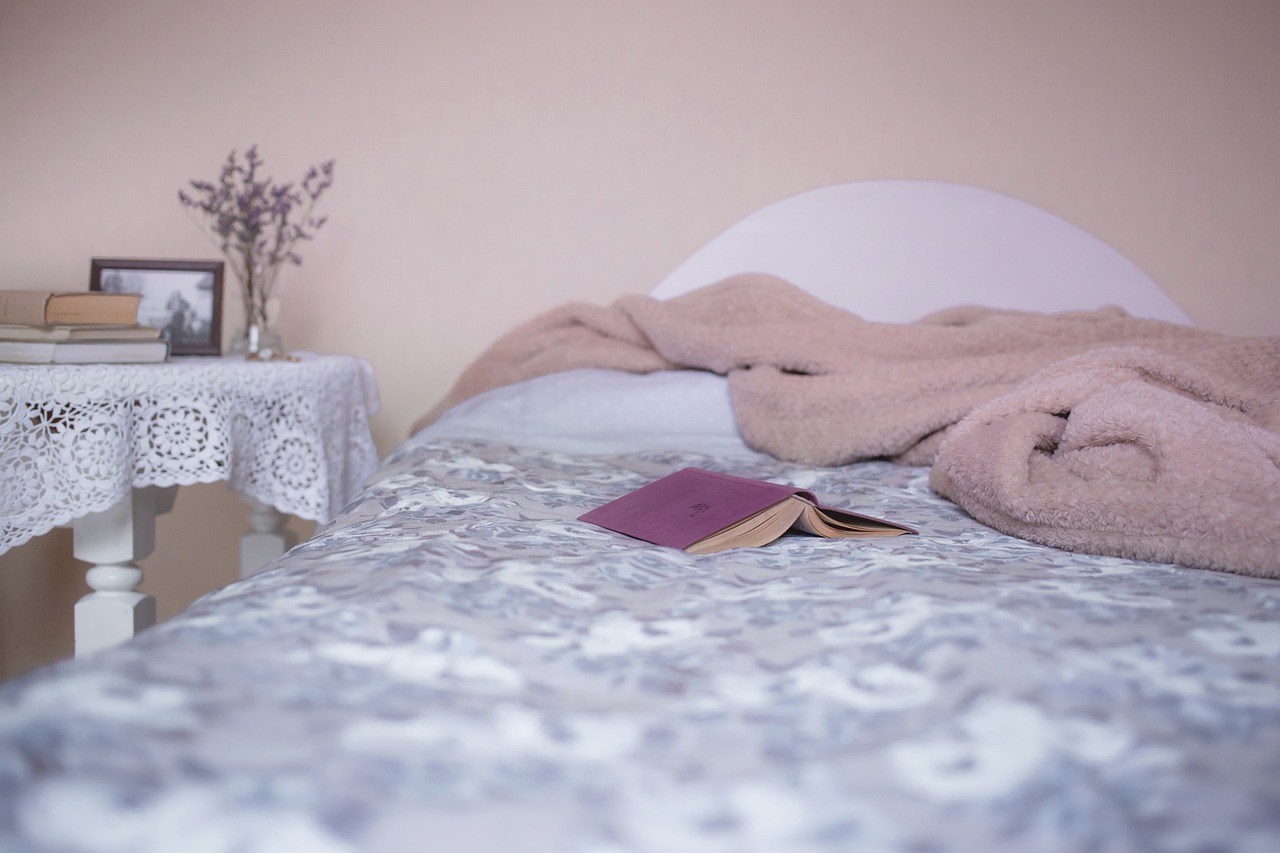
Creative Ideas for Repurposing
Are you ready to unleash your inner artist and give your dining furniture a new lease on life? Repurposing isn't just about saving the environment; it's about transforming your space into something uniquely yours. Imagine walking into your dining area and being greeted by a stunning centerpiece that tells a story—your story! With a bit of creativity and some elbow grease, you can turn old, forgotten pieces into eye-catching statements. Let's dive into some creative ideas that will inspire you to repurpose your dining furniture in a way that reflects your personal style.
One of the most exciting ways to repurpose dining furniture is by transforming old tables into artistic masterpieces. Picture this: you have an outdated dining table that no longer fits your aesthetic. Instead of tossing it aside, why not give it a makeover? With a few simple supplies, you can create a unique design that serves as a conversation starter. For instance, you could use different painting techniques to create a vibrant, multi-colored tabletop that draws the eye. Or, consider using a wood stain to highlight the natural beauty of the grain, giving it a rustic charm that complements your decor.
But why stop at just paint? You can also incorporate decorative elements like stencils or decoupage to add a personal touch. Imagine adorning your table with your favorite quotes or patterns that resonate with you. Not only does this personalize your furniture, but it also adds a layer of depth and creativity that can elevate your dining experience. Consider using a mosaic design made from broken tiles or glass, which can create a stunning visual effect that will leave your guests in awe.
Now, let's not forget about those dining chairs! They often get overlooked, but they can be just as versatile as tables. Have you ever thought about reupholstering your chairs? With some fabric and a staple gun, you can transform a tired old chair into a plush, stylish seat that adds comfort and flair to your dining area. You could even mix and match different fabrics for a fun, eclectic look that showcases your creativity.
Another innovative idea is to convert dining chairs into multi-use furniture. For example, you could attach a small shelf to the back of a chair, turning it into a stylish storage solution for books or decor items. This not only maximizes space but also adds functionality to your dining area. Moreover, you can paint or stain the chairs to match your newly revamped table, creating a cohesive look that ties your dining space together.
Inspiration can come from anywhere, so keep your eyes peeled for creative ideas! Whether it’s browsing through online platforms, visiting local thrift stores, or even participating in workshops, the possibilities are endless. Who knows, you might stumble upon a unique piece that sparks your imagination and leads you down a path of repurposing discovery!
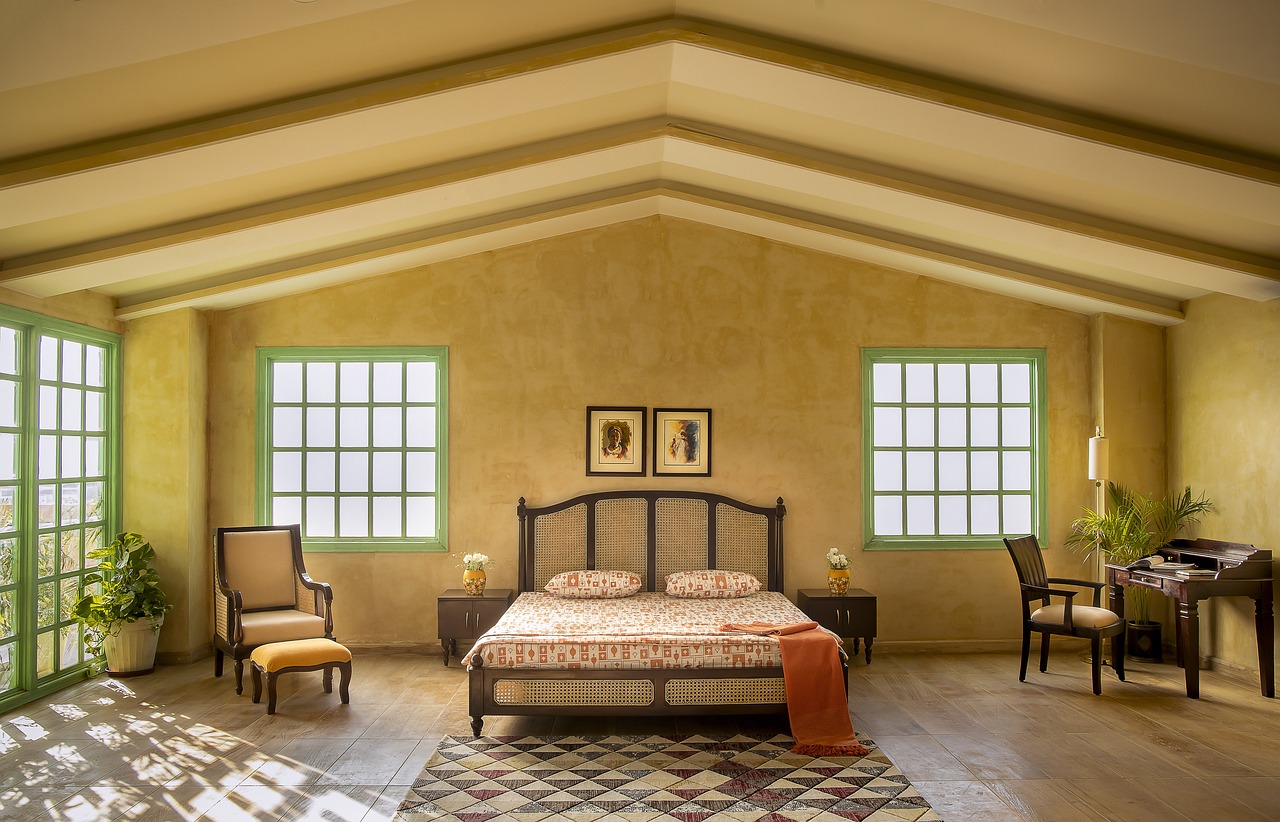
Turning Tables into Art
Transforming an outdated dining table into a stunning piece of art is not just a project; it's an adventure in creativity! Imagine walking into your dining room and being greeted by a table that tells a story, sparks conversation, and reflects your personal style. With just a bit of imagination and effort, you can elevate a mundane piece of furniture into a captivating centerpiece that draws the eye and stirs the soul.
First, consider the **style** you want to achieve. Are you leaning towards a rustic farmhouse vibe, or do you prefer sleek, modern aesthetics? The beauty of repurposing is that you can tailor the design to fit your unique taste. For instance, if you have an old wooden table, you might strip it down to its natural finish and apply a clear coat to highlight its grain. Alternatively, a bold color can breathe new life into a tired piece, making it a vibrant focal point in your dining area.
Once you've settled on a style, it’s time to explore some techniques that can help you turn your table into a work of art. Here are a few ideas to get you started:
- Painting: A fresh coat of paint can do wonders. Consider using chalk paint for a matte finish that’s both trendy and forgiving. You can even create patterns or ombre effects for added flair.
- Staining: If you prefer the natural look, staining can enhance the wood's beauty. Experiment with different shades to find the perfect match for your decor.
- Decoupage: This technique allows you to add images or patterns to your table using glue and a protective finish. It's a fantastic way to personalize your furniture with photos, fabric, or decorative paper.
In addition to these techniques, don't shy away from adding decorative elements that can truly make your table pop. Think about incorporating stencils for intricate designs, or even mosaic tiles for a splash of color and texture. These creative touches not only beautify your furniture but also make it uniquely yours.
As you embark on this exciting journey of turning tables into art, remember that the process is just as important as the final product. Embrace the imperfections and enjoy the transformative experience of repurposing. After all, each stroke of paint or piece of tile you add is a step toward creating something extraordinary. So gather your tools, unleash your creativity, and let your dining table become a canvas for your imagination!
Q: How do I choose the right paint for my dining table?
A: Opt for high-quality furniture paint that is durable and easy to clean. Chalk paint is a popular choice for a matte finish, while acrylic paint offers a wide range of colors.
Q: Can I use my dining table after repurposing it?
A: Yes! Just ensure that any finishes or paints used are safe and non-toxic. Allow adequate drying time before placing items on your newly transformed table.
Q: What tools do I need for repurposing my table?
A: Basic tools include sandpaper, brushes, paint rollers, a paint tray, and sealants. Depending on your chosen technique, you might also need stencils or decoupage materials.
Q: Is it necessary to sand the table before painting?
A: Sanding helps to create a smooth surface and allows the paint to adhere better. However, if you are using chalk paint, it often requires minimal prep work.

Painting and Staining Techniques
When it comes to repurposing your dining furniture, painting and staining can be your best friends. These techniques not only breathe new life into old pieces but also allow you to express your personal style. Imagine transforming a dull, scratched table into a vibrant centerpiece that catches the eye of every guest! The beauty of painting and staining lies in their versatility; you can achieve a wide range of looks, from rustic to modern, simply by choosing the right colors and finishes.
Before diving into the project, it’s essential to gather your materials. You’ll need quality paint or stain, brushes, sandpaper, and a protective finish. Start by preparing your surface; this step is crucial for achieving a professional look. Sanding down the old finish not only helps the new paint or stain adhere better but also smooths out any imperfections. After sanding, wipe the surface clean to remove dust particles that could ruin your finish.
Next, consider the color choices. Do you want a bold statement piece, or are you leaning towards something more subdued? For a rustic feel, earthy tones like greens, browns, and taupes work wonders. If you’re aiming for a modern aesthetic, bright whites or deep navy can add a contemporary flair. Don’t forget to test your color on a small area before committing; what looks good in the can may not always translate well on the furniture.
After you’ve chosen your color, it's time to apply the paint or stain. For paint, use smooth, even strokes to avoid drips and uneven coverage. If you’re working with stain, apply it with a rag or brush, allowing it to soak into the wood for a richer color. Remember, less is more—you can always add more layers if needed, but removing excess can be a hassle!
Once your paint or stain has dried, it's crucial to protect your newly transformed piece. Applying a clear coat finish not only adds durability but also enhances the color, giving it a polished look. Choose a matte, satin, or glossy finish based on your desired aesthetic. A matte finish offers a more natural look, while glossy finishes can make colors pop.
Incorporating decorative elements can also elevate your painting and staining projects. Techniques such as decoupage, where you adhere paper cutouts to the surface, or using stencils for intricate designs can add a unique touch. These methods allow you to personalize your furniture even further, turning a simple dining table into a true work of art.
So, whether you’re painting a drab old table or staining a set of chairs to match your new decor, remember that creativity is key. With the right techniques and a bit of patience, you can create stunning pieces that not only serve a functional purpose but also tell a story in your home.
- What type of paint is best for dining furniture? Generally, acrylic or chalk paint is recommended for its durability and ease of use.
- How long does it take for paint or stain to dry? Drying times can vary, but most paints take about 1-2 hours to dry to the touch and 24 hours for a full cure.
- Can I use stain on painted furniture? It’s best to strip the paint first to achieve an even stain; otherwise, the results may be inconsistent.
- Do I need to seal my painted furniture? Yes, sealing with a clear coat is advisable to protect against scratches and spills.

Adding Decorative Elements
When it comes to transforming your repurposed dining furniture, the magic often lies in the details. Adding decorative elements can elevate a simple piece into a stunning focal point that reflects your personal style and creativity. Think of your furniture as a blank canvas, waiting for your unique touch. From stencils and decoupage to mosaic designs, the options are as diverse as your imagination!
One popular method is using stencils. This technique allows you to create intricate patterns and designs with ease. Whether you opt for geometric shapes, floral patterns, or even inspirational quotes, stenciling can add a layer of depth and character to your furniture. Just grab some paint, a stencil brush, and your favorite design, and watch as your old table transforms into a work of art.
Another fantastic way to personalize your repurposed pieces is through decoupage. This method involves adhering decorative paper or fabric to the surface of your furniture, which can be sealed with a protective finish. Imagine a dining table adorned with vibrant floral prints or a rustic farmhouse style featuring vintage newspaper clippings. The beauty of decoupage is that it allows you to infuse your furniture with stories and memories, making it truly one-of-a-kind.
If you're feeling particularly adventurous, consider incorporating mosaic designs. This technique can be used on tabletops or even chair backs, allowing you to create stunning visuals using broken tiles, glass, or even colored stones. Not only does this add texture and color, but it also makes your furniture a conversation starter. Just picture your guests admiring the intricate patterns while enjoying a meal at your beautifully transformed dining table!
To help you visualize these ideas, here's a quick table summarizing the decorative techniques:
| Technique | Description | Materials Needed |
|---|---|---|
| Stenciling | Create patterns and designs using stencils and paint. | Stencils, paint, stencil brush |
| Decoupage | Adhere decorative paper or fabric to furniture surfaces. | Decoupage glue, decorative paper, sealant |
| Mosaic Design | Use broken tiles or glass to create colorful patterns. | Tiles, adhesive, grout, sealant |
Ultimately, adding decorative elements to your repurposed dining furniture is about expressing yourself and making your space feel uniquely yours. So, unleash your creativity! Whether you choose to stencil a whimsical design, decoupage with your favorite patterns, or create a stunning mosaic, these decorative touches will not only enhance the beauty of your furniture but also create a warm and inviting atmosphere in your dining area.
- What materials are best for stenciling? Acrylic paint and a good quality stencil brush work well for stenciling projects.
- Can I use any type of paper for decoupage? Yes, you can use scrapbook paper, fabric, or even old book pages for decoupage.
- How do I seal my decorative projects? You can use a clear sealant spray or a brush-on polyurethane to protect your work.
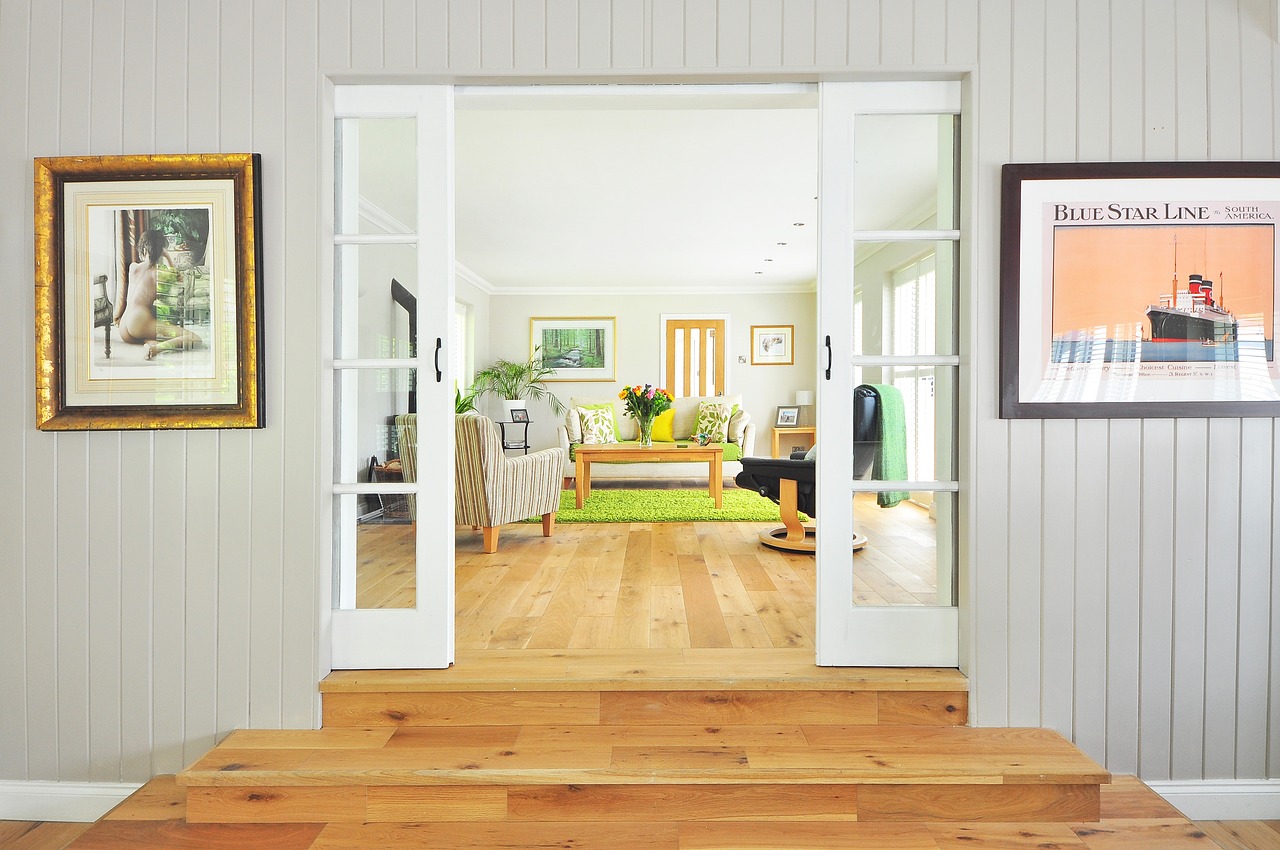
Chair Transformations
When it comes to repurposing dining chairs, the possibilities are as vast as your imagination! These humble pieces of furniture can easily be transformed into stunning, functional works of art that not only elevate your dining experience but also add a unique flair to your home. Have you ever thought about how a simple change in upholstery or a fresh coat of paint could completely alter the vibe of your dining space? Well, let's dive into the world of chair transformations and explore how you can turn those old, forgotten chairs into stylish and practical additions to your dining area.
One of the most popular ways to breathe new life into dining chairs is through reupholstering. This process involves removing the old fabric and replacing it with something fresh and vibrant. Imagine a set of plain wooden chairs suddenly adorned with a bold, patterned fabric that reflects your personality! Not only does this technique enhance the aesthetic appeal, but it also allows you to customize the chairs to match your existing décor. You can choose from a variety of materials, such as leather, linen, or even outdoor fabrics for a more durable option.
But reupholstering isn't the only trick up your sleeve. You can also create multi-use furniture by combining functionality with style. For instance, consider adding storage capabilities to your dining chairs. By incorporating hidden compartments or shelves under the seat, you can keep your dining area tidy while adding an interesting design element. This approach is particularly useful in smaller spaces where every inch counts. Just imagine how much easier hosting a dinner party would be if you could store extra tableware right in the chairs!
Another fantastic idea is to paint your dining chairs. A simple coat of paint can transform an ordinary chair into a statement piece. Whether you opt for a classic white for a farmhouse look or a vibrant teal for a pop of color, the choice is yours! Plus, using chalk paint can give your chairs a rustic, shabby-chic finish that is incredibly trendy right now. If you're feeling particularly adventurous, try a two-tone technique where the seat is one color and the legs another, creating a striking contrast.
Don't forget about the legs of your chairs! They can be just as important as the seat itself. Consider adding decorative elements such as carved designs or even wrapping them in jute or twine for a bohemian touch. These small details can make a significant impact on the overall look of your dining chairs.
In summary, chair transformations are not just about aesthetics; they are about creating functional pieces that enhance your dining experience. Whether you choose to reupholster, paint, or add storage, the key is to let your creativity flow. So, gather your tools, put on your favorite playlist, and get ready to give those old dining chairs a fabulous makeover!
- What tools do I need for reupholstering a chair? You will typically need a staple gun, fabric scissors, a screwdriver, and a measuring tape. Additionally, a foam cushion and fabric of your choice will be essential.
- Can I paint wooden chairs without sanding them? Yes, using chalk paint or a similar product allows you to skip the sanding process, making it easier to achieve a beautiful finish.
- How can I ensure my newly upholstered chairs last longer? Choose high-quality fabrics and regularly clean and maintain them to keep them looking fresh.
- Are there any eco-friendly options for chair transformations? Absolutely! Look for sustainable fabrics, non-toxic paints, and recycled materials to create your repurposed chairs.
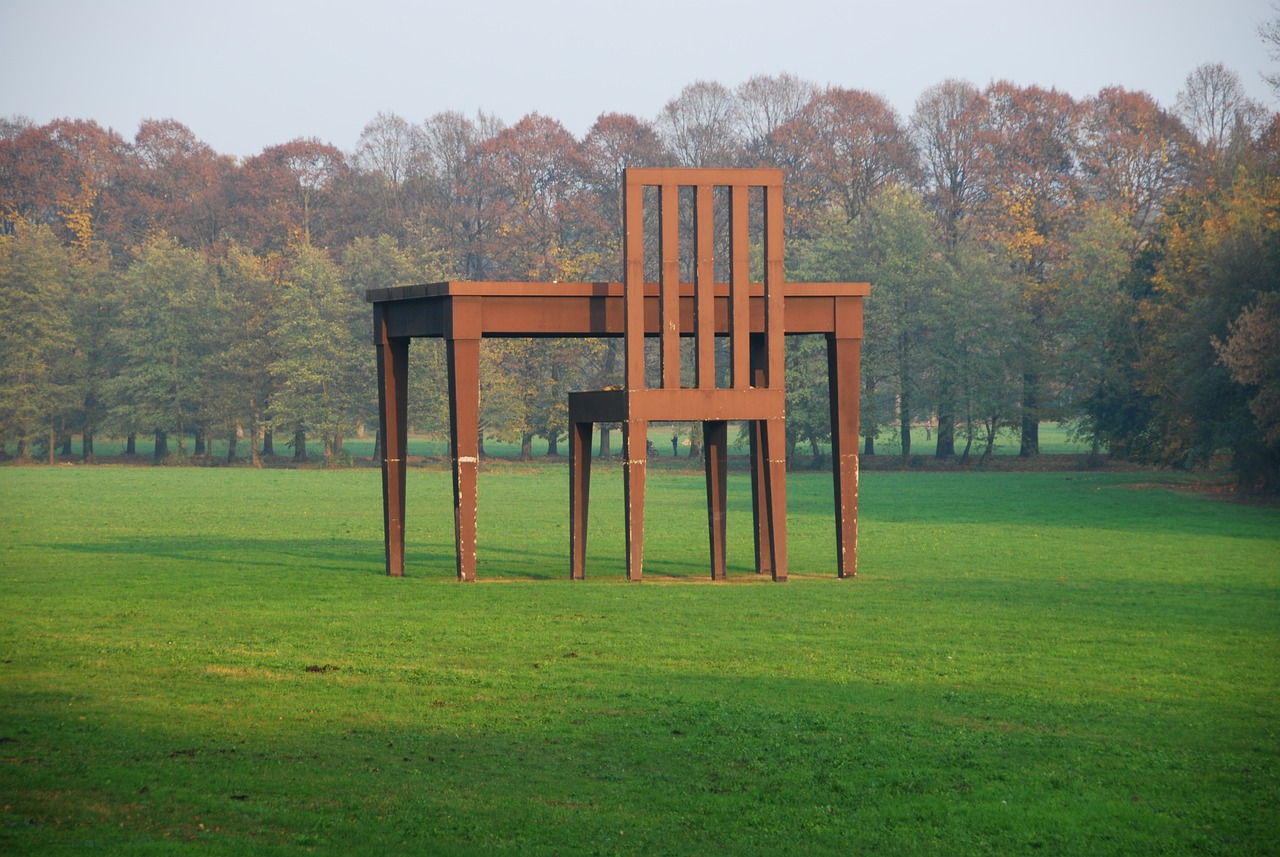
Finding Inspiration
When it comes to repurposing dining furniture, finding the right inspiration can be the spark that ignites your creativity. The world is brimming with ideas that can transform your old, tired pieces into stunning focal points in your dining space. Whether you’re flipping through magazines, scrolling through social media, or visiting local markets, there are countless resources available to help you envision the potential of your furniture. Have you ever thought about how a simple change in perspective can make all the difference? Just like a painter sees a blank canvas, you can see your old dining table as a canvas for innovation!
Online platforms, such as Pinterest and Instagram, are treasure troves for anyone looking to revamp their dining room. Just type in "repurposed dining furniture," and you’ll be greeted with a plethora of vibrant images showcasing creative transformations. Not only do these platforms provide visual inspiration, but they also offer tutorials and step-by-step guides that can help you replicate the look. You might stumble upon a breathtaking table that’s been turned into a rustic farmhouse centerpiece or chairs that have been given a modern twist with fresh upholstery. The possibilities are as vast as your imagination!
In addition to online resources, local workshops and classes can be incredibly beneficial for hands-on learning. Imagine being surrounded by fellow enthusiasts, all eager to share their ideas and techniques! Participating in these workshops allows you to gain practical skills while also connecting with like-minded individuals. Here, you can learn about different materials, tools, and methods that can elevate your repurposing projects. Plus, there’s something truly rewarding about working alongside others who share your passion for sustainability and creativity.
Don’t underestimate the power of community inspiration. Visiting local flea markets, thrift stores, or even garage sales can provide not just materials but also a wealth of ideas. As you browse through old furniture, think about how you can breathe new life into these pieces. Perhaps an old dresser can become a stylish sideboard or a set of mismatched chairs can be painted in a cohesive color scheme to create a unique dining set. The thrill of discovering hidden gems can be exhilarating and often leads to unexpected and delightful transformations.
Ultimately, the key to finding inspiration lies in keeping an open mind and allowing your creativity to flow. Surround yourself with sources that make you excited about the possibilities. Whether it’s through online platforms, community workshops, or local markets, each avenue offers a unique perspective that can help you envision your dining space in a whole new light. So, grab your paintbrush, gather your tools, and let the journey of transformation begin!
- What materials are best for repurposing dining furniture?
Wood, metal, and even some plastics can be excellent materials for repurposing. Look for pieces that are sturdy and have good bones.
- How can I ensure my repurposed furniture lasts?
Proper preparation, including sanding and priming before painting, can greatly enhance the durability of your repurposed pieces.
- Are there any specific tools I need for DIY repurposing?
Basic tools such as a sander, paintbrushes, and a staple gun for upholstery are essential. Depending on your project, you may need additional tools.
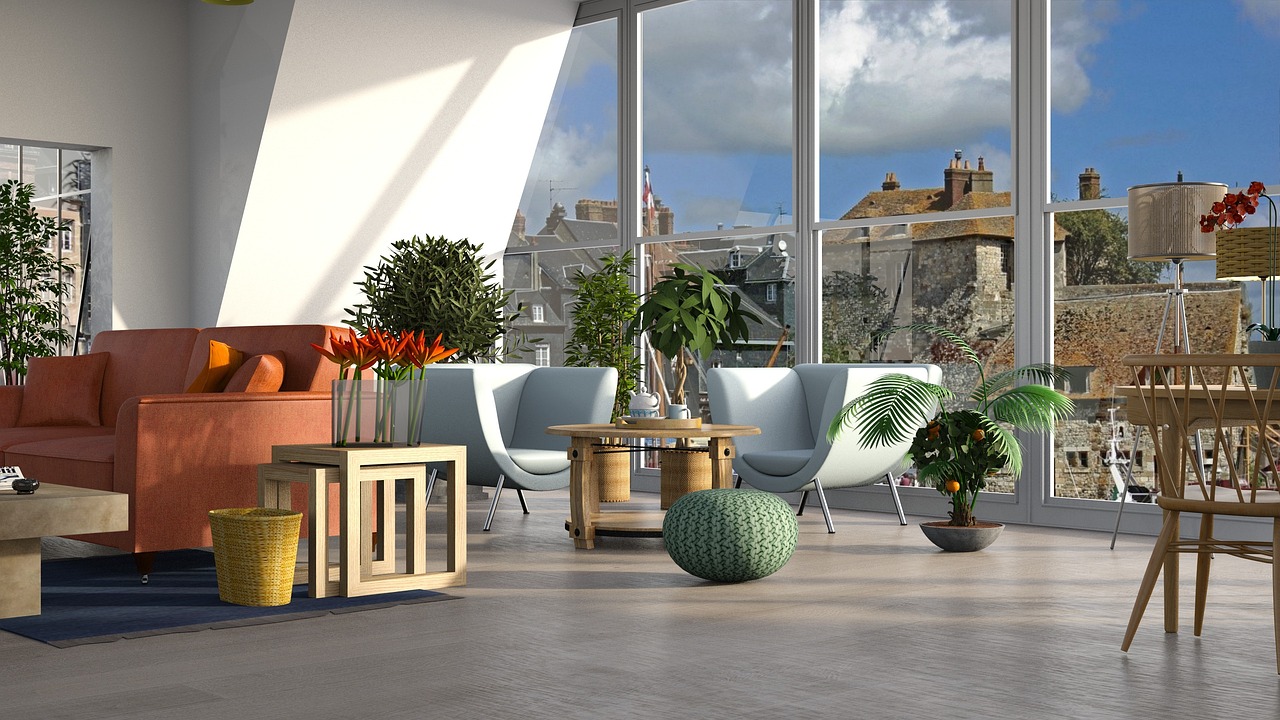
Online Resources and Communities
In today's digital age, the world of repurposed dining furniture is just a click away. Online resources and communities are invaluable for anyone looking to dive into the exciting realm of upcycling. These platforms not only provide a wealth of information but also connect you with fellow enthusiasts who share your passion for sustainability and creativity. Imagine scrolling through a vibrant feed filled with stunning before-and-after transformations, DIY tips, and innovative ideas that can spark your imagination. It’s like having a treasure trove of inspiration at your fingertips!
One of the best places to start is on social media platforms such as Instagram and Pinterest. Here, you can follow hashtags like #UpcycledFurniture or #RepurposedDining to discover countless creative projects. These platforms are filled with talented individuals showcasing their work, providing tutorials, and offering advice. You might find that perfect idea that makes your heart race with excitement! Additionally, many DIY bloggers share their journeys and insights, making it easier for you to learn from their experiences.
Moreover, forums and online communities dedicated to furniture repurposing can be a goldmine of information. Websites like Reddit have dedicated subreddits where users post their projects, ask questions, and share tips. Engaging in these communities can provide you with the support you need, whether you're a beginner or a seasoned DIYer. You can ask for feedback on your projects, seek advice on techniques, or simply share your successes with like-minded individuals.
If you’re looking for more structured learning, consider enrolling in online courses offered by platforms like Skillshare or Udemy. These courses often cover a range of topics, from basic woodworking skills to advanced painting techniques, allowing you to enhance your skills at your own pace. Plus, many of these platforms offer community features where you can interact with instructors and fellow students, creating a supportive learning environment.
Lastly, don't forget about local Facebook groups or regional websites that focus on upcycling and repurposing. These groups often organize meet-ups, workshops, or swap events, providing you with opportunities to connect with others in your area. You might even discover local artisans who can inspire your projects or offer tips based on their own experiences.
In summary, the online world is brimming with resources and communities that can enhance your repurposing journey. Whether through social media, forums, online courses, or local groups, there’s no shortage of inspiration and support to help you transform your dining furniture into stunning, eco-friendly pieces that reflect your unique style.
Q1: What are some popular online platforms for finding inspiration for repurposing furniture?
A1: Popular platforms include Instagram, Pinterest, and Reddit, where you can explore various hashtags and communities dedicated to upcycling and repurposing furniture.
Q2: Are there any online courses available for learning furniture repurposing techniques?
A2: Yes, platforms like Skillshare and Udemy offer a variety of courses covering different aspects of furniture repurposing, from basic techniques to advanced skills.
Q3: How can I connect with local communities interested in repurposing furniture?
A3: Look for local Facebook groups or community boards that focus on upcycling. These often host events, workshops, and meet-ups where you can connect with others in your area.
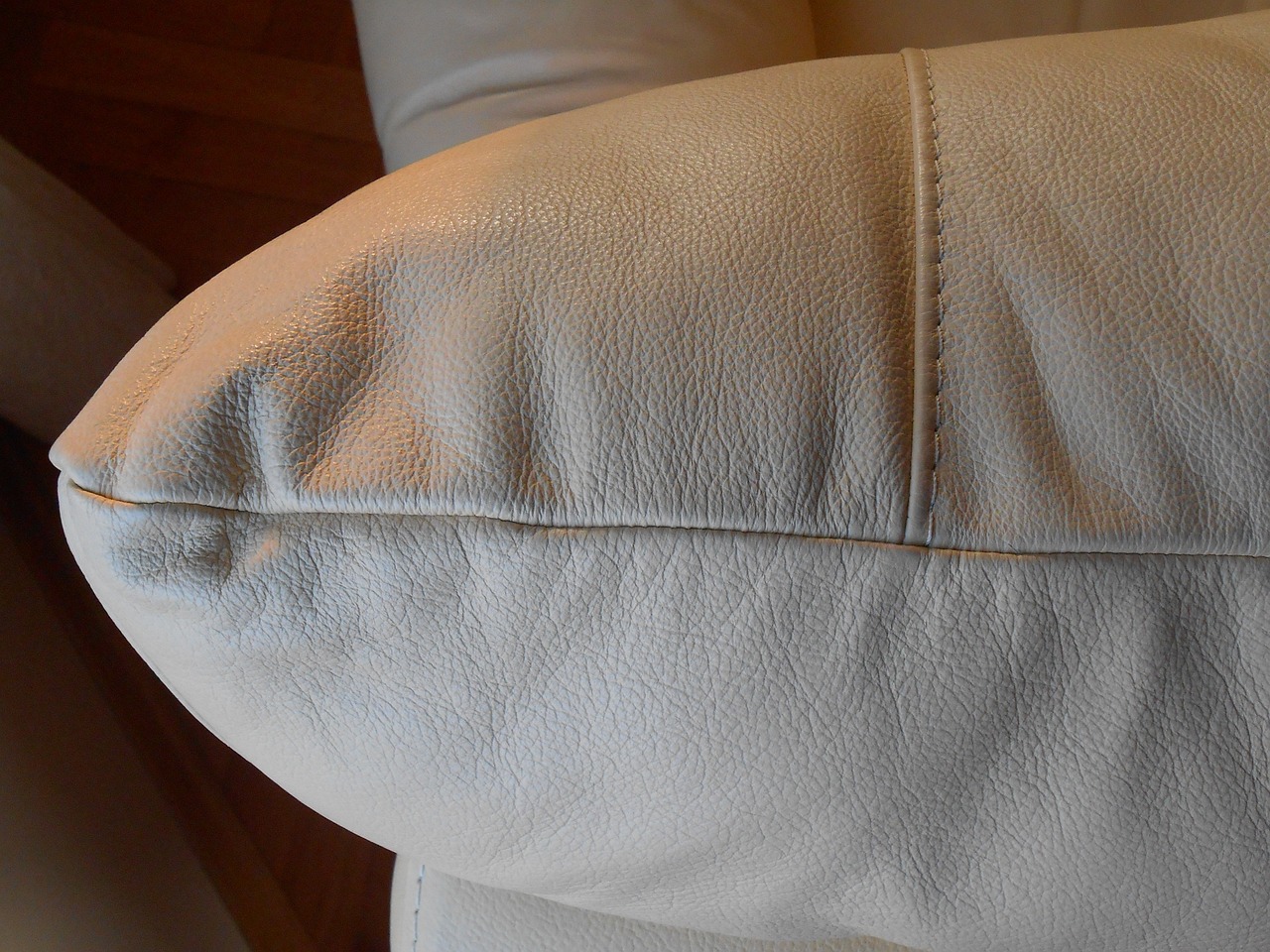
Local Workshops and Classes
Are you ready to roll up your sleeves and dive into the world of repurposing dining furniture? Local workshops and classes are a fantastic way to learn hands-on techniques while connecting with fellow DIY enthusiasts. Imagine spending a Saturday afternoon in a cozy studio, surrounded by like-minded individuals, all eager to transform old pieces into something extraordinary. These workshops often provide a wealth of resources, including tools, materials, and expert guidance, making it easier for you to unleash your creativity.
In these engaging sessions, you’ll not only gain practical skills but also discover innovative ideas that can spark your imagination. From mastering the art of reupholstering chairs to learning how to paint and finish surfaces like a pro, the possibilities are endless. You may even find yourself experimenting with unique designs that reflect your personal style. Plus, the supportive atmosphere of a workshop can be incredibly motivating, pushing you to take risks and try new techniques.
Many local communities offer workshops at various skill levels, catering to both beginners and seasoned DIYers. Here are some common types of classes you might encounter:
- Furniture Restoration: Focuses on repairing and revitalizing old pieces.
- Upcycling Techniques: Teaches creative ways to repurpose furniture.
- Painting and Finishing: Covers various painting methods and finishes to enhance your pieces.
To find these workshops, check community centers, craft stores, or local art studios. Social media platforms and community bulletin boards often list upcoming events, so keep an eye out for announcements. Don't hesitate to reach out to instructors or workshop coordinators if you have specific questions or need guidance on what to bring. Investing your time in these classes not only enhances your skills but also fosters a sense of community among fellow furniture enthusiasts.
So, whether you’re looking to breathe new life into a family heirloom or simply want to learn a new hobby, local workshops and classes can be your gateway to transforming your dining space into a stunning showcase of creativity and sustainability. Embrace the journey, and you might just surprise yourself with what you can create!
Q: What should I bring to a furniture repurposing workshop?
A: Typically, you’ll want to bring any specific furniture pieces you plan to work on, along with basic tools like a screwdriver, measuring tape, and any materials you wish to use. Check with the workshop organizer for a detailed list of recommended items.
Q: Are workshops suitable for beginners?
A: Absolutely! Many workshops cater to all skill levels and provide step-by-step guidance to help you succeed, even if you’re starting from scratch.
Q: How long do workshops usually last?
A: Most workshops range from a few hours to a full day, depending on the complexity of the projects being tackled.
Q: Can I take my completed projects home?
A: Yes! You’ll typically be able to take your finished pieces home, allowing you to showcase your hard work and creativity in your dining space.
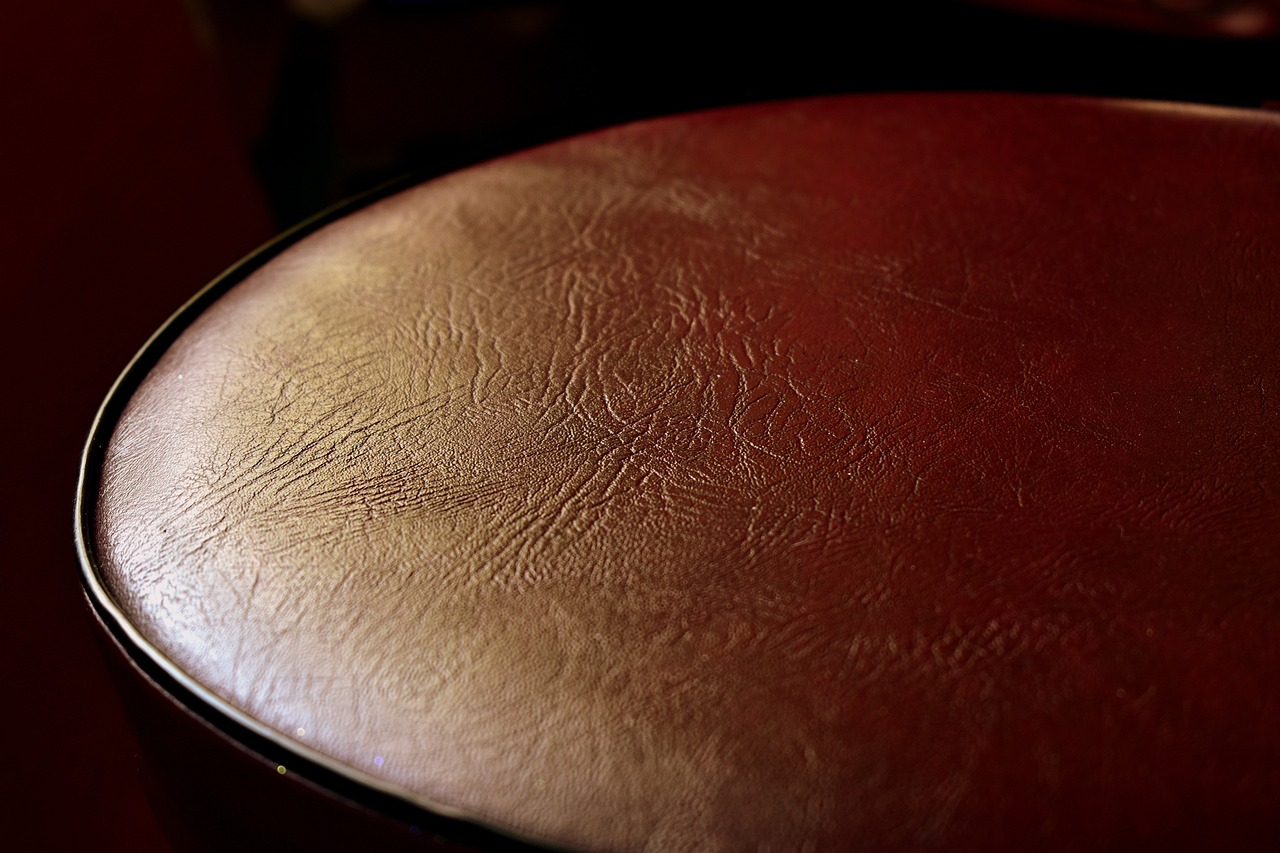
DIY vs. Professional Help
When it comes to repurposing your dining furniture, one of the most significant decisions you'll face is whether to dive into the world of DIY or to enlist the help of professionals. Each option has its own set of advantages and challenges, and understanding them can help you make the best choice for your project. If you’re a hands-on person who enjoys getting your hands dirty, DIY might sound like the perfect adventure. Imagine the satisfaction of transforming an old, worn-out table into a stunning centerpiece with your own two hands! However, if you’re short on time or lack the necessary skills, hiring a professional might be the way to go. Let’s break down the pros and cons of each approach.
First off, let’s talk about the DIY route. One of the most appealing aspects of doing it yourself is the cost-effectiveness. You can often save a significant amount of money by purchasing materials and tools rather than paying for labor. Plus, there's a unique sense of pride that comes with completing a project on your own. You get to unleash your creativity and make decisions that reflect your personal style. However, it's essential to consider the time commitment involved. DIY projects can take longer than expected, especially if you're learning as you go. You might also encounter unexpected challenges that could require additional resources or skills you don’t possess.
On the flip side, hiring a professional can save you time and potentially deliver a polished finish that might be hard to achieve on your own. Professionals bring experience and expertise, which can be invaluable, especially for intricate designs or repairs. They can also offer insights into materials and techniques that you might not have considered. However, this convenience comes at a price. Professional services can be costly, and you may not have as much control over the creative process. It’s also crucial to find a reputable professional who understands your vision and can execute it effectively.
To help you weigh your options, here's a quick comparison table:
| Aspect | DIY | Professional Help |
|---|---|---|
| Cost | Generally lower; you pay for materials only | Higher; includes labor costs |
| Time Commitment | Can be significant; may take longer than expected | Typically quicker; professionals have the skills to expedite |
| Skill Level | Requires some skills; learning curve may be involved | Expertise; skilled professionals can handle complex tasks |
| Creative Control | Full control; you make all the decisions | Limited control; you rely on the professional's vision |
Ultimately, the choice between DIY and professional help boils down to your personal preferences, budget, and the complexity of the project. If you're excited about the idea of getting creative and don’t mind investing some time, then DIY could be a rewarding experience. However, if you're looking for a quick turnaround and a polished result, hiring a professional might be your best bet. Remember, whether you choose to roll up your sleeves or call in the experts, the goal is to create a dining space that you love and enjoy!
- What is the best material for repurposing dining furniture? - The best materials depend on your project. Wood is versatile and easy to work with, while metal can offer a modern touch.
- How can I find a professional for my project? - Look for local furniture restoration services online, or ask for recommendations from friends and family.
- Are DIY projects suitable for beginners? - Absolutely! Start with simple projects and gradually work your way up to more complex ones as you gain confidence.

Cost Considerations
When diving into the world of repurposed dining furniture, understanding the is crucial. Whether you're a DIY enthusiast or leaning towards hiring a professional, knowing the financial implications can make or break your project. First off, let’s talk about the DIY route. On one hand, taking on the project yourself can save you a significant chunk of change. You only need to invest in materials such as paint, brushes, and any additional decorative elements you want to incorporate. However, it's important to remember that the cost of tools and supplies can add up quickly, especially if you’re starting from scratch.
On the other hand, hiring a professional may seem like a more expensive option at first glance, but it often comes with its own set of advantages. Professionals bring expertise, which can save you time and ensure a high-quality finish. If you're considering this route, it’s essential to get quotes from several professionals to compare their pricing. A table summarizing the potential costs of both approaches can be helpful:
| Cost Factors | DIY Approach | Professional Help |
|---|---|---|
| Materials | $50 - $200 | N/A |
| Tools | $20 - $150 (if needed) | N/A |
| Labor | N/A | $100 - $500 |
| Total Estimated Cost | $70 - $350 | $100 - $500+ |
As you can see, the cost can vary widely based on what you choose to do. Another factor to consider is the scope of your project. Are you just giving an old chair a fresh coat of paint, or are you completely transforming a dining table into a work of art? The more extensive the changes, the higher the costs will climb. Plus, you should factor in your own skill level—if you’re a novice, you might want to budget for mistakes, which can lead to additional expenses.
Ultimately, the decision between DIY and professional help boils down to your budget, available time, and personal skills. If you’re confident in your abilities and looking to save money, then rolling up your sleeves and getting to work might be the way to go. However, if you’re short on time or want a polished result without the hassle, investing in a professional could be worth every penny. Remember, the goal is to create a unique piece that enhances your dining space while staying within your financial comfort zone.
- What is the average cost of repurposing dining furniture? The cost can range from $70 to over $500 depending on whether you choose DIY or professional services.
- Can I repurpose furniture on a tight budget? Absolutely! Many DIY projects can be done with minimal investment in materials.
- How do I know if I should hire a professional? Consider your skill level, the complexity of the project, and how much time you can dedicate to it.
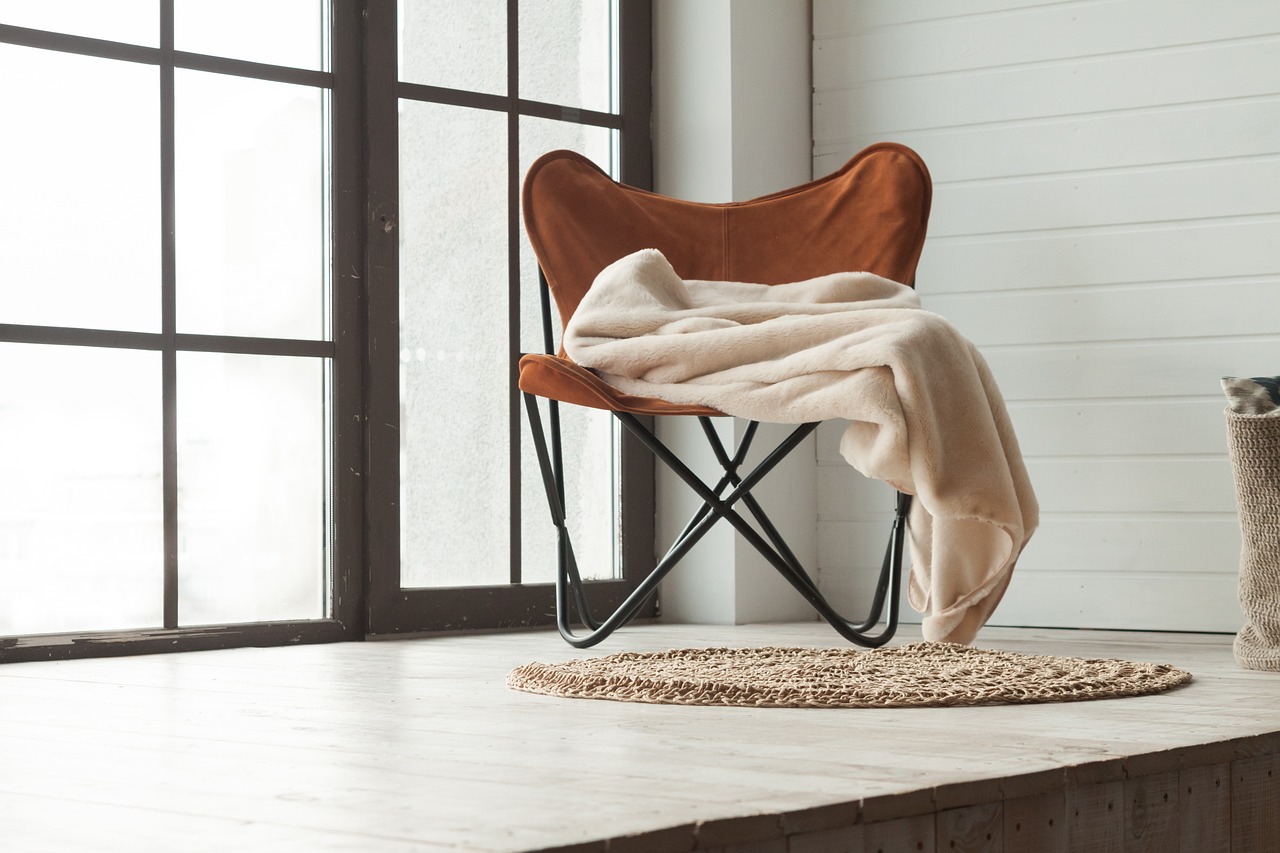
Skill Level Assessment
When diving into the exciting world of repurposing dining furniture, it's essential to take a moment for a . This is not just a fancy term; it’s about understanding your own capabilities and comfort zones. Are you a DIY novice, or do you have a toolbox full of experience? Knowing where you stand can greatly influence the success of your projects. For example, if you’re someone who has never held a paintbrush, attempting to refinish a dining table might feel overwhelming. On the other hand, if you’ve tackled a few DIY projects, you might find this task exhilarating!
To help you gauge your skill level, consider the following factors:
- Experience: Have you previously worked on furniture or home improvement projects? If yes, what types?
- Tools: Do you own basic tools like a screwdriver, sander, or paintbrush? Familiarity with tools can make a huge difference.
- Patience and Time: Are you willing to invest time in learning techniques and perfecting your projects? Some transformations require patience and a willingness to learn.
- Design Skills: How confident do you feel in your ability to visualize and execute design ideas? This can range from simple color choices to more complex artistic designs.
Once you've evaluated yourself based on these factors, you can make a more informed decision about whether to tackle your project solo or seek professional help. If you find that your skills are limited, starting with simpler tasks can build your confidence. For instance, reupholstering a chair might be a more manageable project than refinishing an entire dining table. You could even consider taking a few local workshops to sharpen your skills or watch online tutorials to get a better grasp of the techniques involved.
Remember, everyone starts somewhere! Embrace the learning process, and don't hesitate to ask for help when needed. The goal is to create something beautiful and functional, and with the right approach, you can transform your dining space into a reflection of your style and creativity.
Q: How do I know if I should DIY or hire a professional?
A: Assess your skill level, the complexity of the project, and your budget. If you feel confident and the project is manageable, go for it! If not, consider hiring a professional.
Q: What tools do I need for basic repurposing projects?
A: At a minimum, you should have a screwdriver, sandpaper, a paintbrush, and some basic paints or stains. As you progress, you might want to invest in more specialized tools.
Q: Where can I find inspiration for my repurposing projects?
A: Online platforms like Pinterest, Instagram, and dedicated DIY blogs are great for finding inspiration. You can also visit local thrift stores or flea markets for ideas.
Frequently Asked Questions
- What is repurposed dining furniture?
Repurposed dining furniture refers to pieces that have been creatively transformed from their original use into something new and functional. This can include turning an old table into a unique centerpiece or converting chairs into stylish storage solutions. It's all about giving new life to old furniture while being eco-friendly!
- What are the benefits of using repurposed dining furniture?
Repurposed dining furniture offers several advantages, such as sustainability, cost-effectiveness, and unique aesthetics. Not only do these pieces help reduce waste, but they also provide a one-of-a-kind look that can enhance your dining experience. Plus, you can save money compared to buying brand-new items!
- Can I do it myself, or should I hire a professional?
Deciding whether to tackle a repurposing project yourself or hire a professional depends on your skill level and comfort with DIY tasks. If you're handy and enjoy crafting, you might find it rewarding to do it yourself. However, if you're unsure or want a polished finish, hiring a professional might be the best route.
- What are some creative ideas for repurposing dining furniture?
There are countless creative ideas for repurposing dining furniture! You can turn a dated dining table into a stunning art piece with paint and decorative elements, or reupholster dining chairs to give them a fresh look. The key is to let your imagination run wild and think outside the box!
- Where can I find inspiration for my projects?
Inspiration for repurposing dining furniture can be found in various places. Online platforms like Pinterest and Instagram are great for discovering new ideas, while local workshops and classes can provide hands-on experience. Engaging with communities focused on upcycling can also spark your creativity!
- What tools and materials do I need for repurposing?
The tools and materials you'll need depend on your specific project, but common items include sandpaper, paint or stain, brushes, and upholstery supplies. It's a good idea to plan your approach and gather everything you need before starting to ensure a smooth process.
- How do I choose the right color and finish for my furniture?
Choosing the right color and finish is all about personal preference and the vibe you want to create. Consider your existing decor and how the new piece will fit in. Experimenting with samples can help you visualize the final look before committing to a color or finish!






